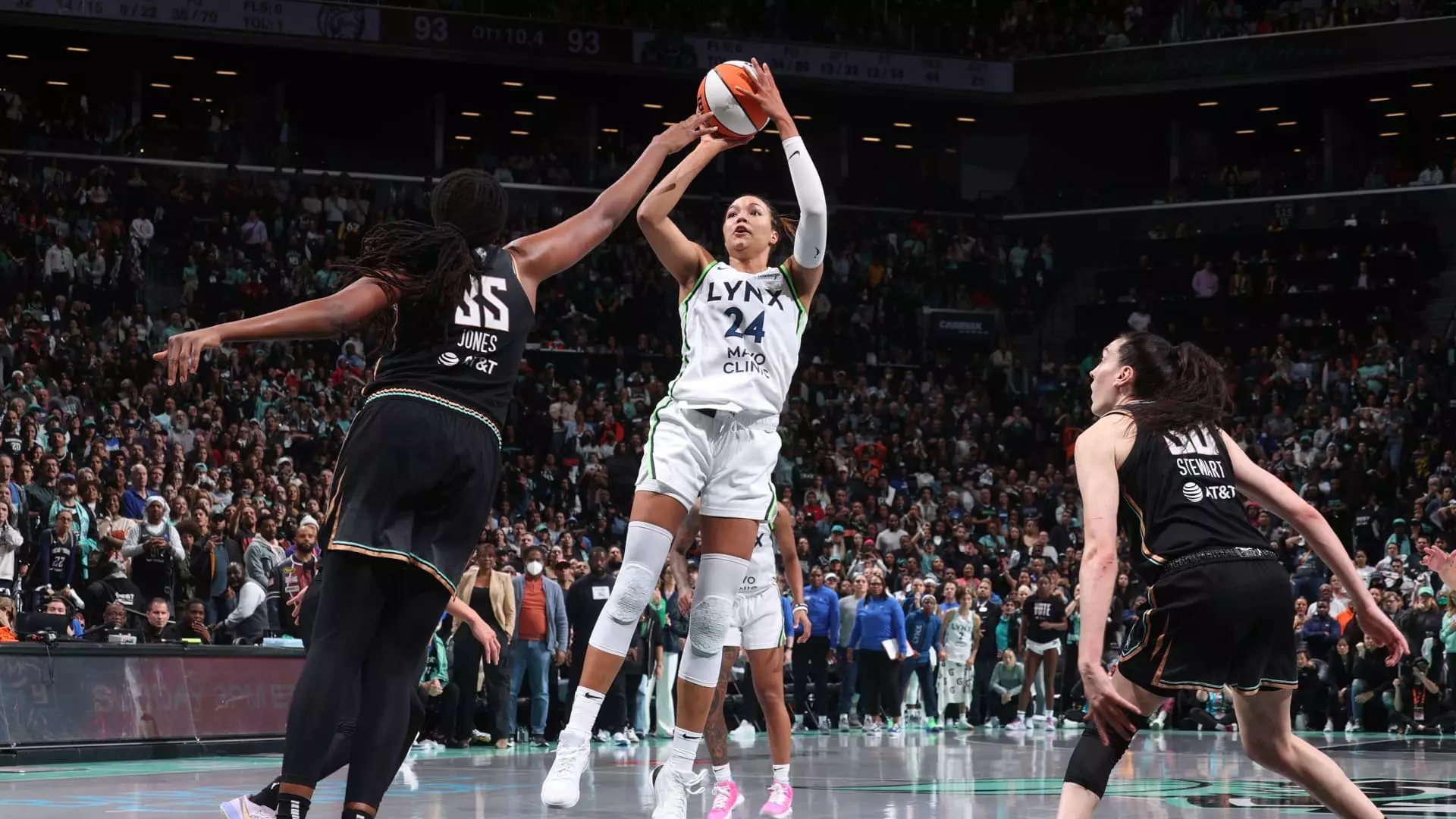The WNBA’s announcement of three new franchises in Cleveland, Detroit, and Philadelphia signals a watershed moment that many long-time advocates of women’s sports have awaited with cautious optimism. Increasing the league from 13 to 18 teams over the next five years reflects a clear intent not just to grow, but to solidify the WNBA’s standing as a competitive and commercially viable league. On paper, this is a triumph for women’s basketball, shining a much-needed spotlight on franchises rooted in cities with passionate basketball cultures and rich sporting histories.
Commissioner Cathy Engelbert’s enthusiasm is justified: these expansions suggest a league confident in its product and its potential market value. Yet beneath the celebration is a complex web of challenges that threaten to undermine the very success this expansion promises. Expanding at this scale is not merely a business decision — it is a cultural reckoning with repeated past failures and the persistent barriers female athletes and leagues face in the market.
Revisiting Past Failures: Cleveland and Detroit’s Rocky Histories
Expansion into Cleveland and Detroit is as much an act of redemption as ambition. Both cities have seen professional women’s basketball rise and fall before. Cleveland once hosted the Rockers, a founding WNBA team that shuttered due to low attendance and financial losses despite the city’s enthusiasm for basketball. Similarly, Detroit heartbreakingly lost its Shock franchise, a team that not only thrived in performance—winning three championships—but also drew considerable fan support before relocating.
These historical failures expose the underlying financial fragility of women’s sports teams, especially in markets saturated with legacy male sports franchises. The question is whether the WNBA and its ownership groups have learned from these past missteps or if they are merely repeating history under a veneer of optimism and a $250 million franchise fee. The fee itself is a double-edged sword: while it symbolizes the league’s rising valuation and hope for lucrative growth, it may also place enormous pressure on new owners to prioritize quick profitability over sustainable community engagement and player development.
Market Viability vs. Genuine Community Investment
The league’s approach to expansion heavily weighs “market viability, infrastructure, and local support,” criteria that sound as much like corporate metrics as community engagement. Franchises owned by existing owners of NBA teams or entertainment conglomerates—such as Philadelphia’s Harris Blitzer Sports & Entertainment or Detroit’s Pistons owners—bring capital and influence but risk overshadowing the unique needs of women’s basketball with the commercial imperatives of larger sports franchises. This could result in tokenism rather than tangible growth.
Moreover, cities like Houston, Miami, and Austin—some with burgeoning basketball scenes and growing demographic diversity—were sidelined. The argument for careful, strategic expansion is valid, but sidelining progressively diverse and fast-growing markets could limit the WNBA’s potential to forge deep, grass-roots connections, which are crucial for the league’s long-term sustainability. Viewing expansion merely through an urban infrastructure lens risks treating women’s sports as secondary franchises dependent on male team synergies, rather than investing deeply in their own unique community narratives.
Expansion as a Trade-Off: Growth, But at What Cost?
While the WNBA’s expanding footprint is a resounding vote of confidence in the league’s future, one cannot ignore the underlying economic and cultural tensions. The pressure to deliver immediate returns from expensive franchise fees may force teams into standard business models that emphasize commercialization over accessibility. This risks alienating the grassroots supporters who have often kept women’s basketball thriving in tough markets.
Additionally, attention must turn to the players themselves. Expansion inevitably dilutes the talent pool unless there is parallel investment in youth, development, and scouting infrastructure. The league’s public enthusiasm must match policies that support players’ salaries, health benefits, and career longevity, or else the expansion’s promise may ring hollow to those on the front lines of the sport.
Ultimately, this expansion encapsulates both a historical reckoning and an ambitious vision that the WNBA is prepared to pursue. But it demands more than fanfare: it requires a balance between commercial pragmatism and genuine commitment to women’s sports as vibrant, independent, and culturally significant institutions. Without this, the expansion risks being remembered as another chapter of hopeful promises unfulfilled.

